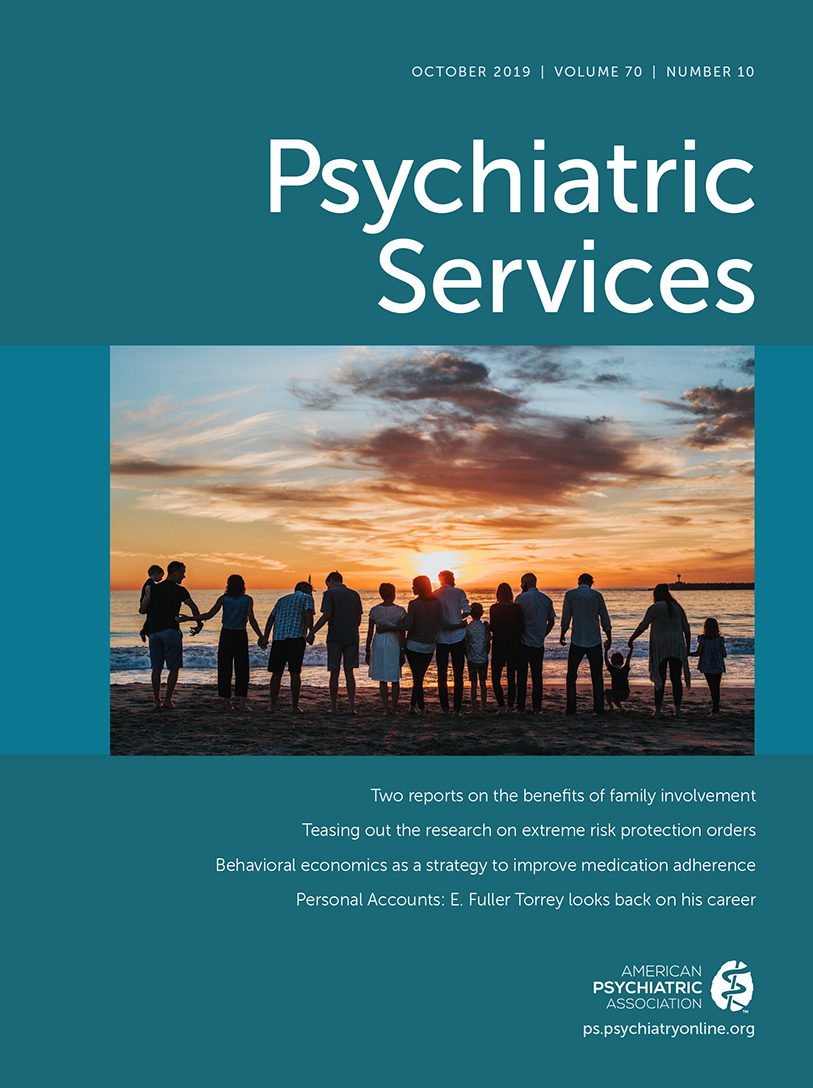Family Involvement in Psychiatric Hospitalizations: Associations With Discharge Planning and Prompt Follow-Up Care
Abstract
Objective:
Involving family in the care of inpatients with serious mental illness is known to be beneficial. This study examined frequencies of involvement by family in the care and discharge planning for 179 psychiatric inpatients.
Methods:
Involvement by family in care and discharge planning was assessed from randomly selected medical records of inpatients with Medicaid and severe mental illness at two New York hospitals from 2012 to 2013. “Family” also included anyone close to the patient who provided support. Medicaid claims were reviewed for patient demographic and clinical characteristics and for postdischarge outpatient attendance data. Multiple regression models were used to test whether involvement by family was associated with comprehensive discharge planning (contacting outpatient providers, scheduling follow-up appointments, and forwarding a discharge summary to a provider) and initiation of outpatient treatment.
Results:
Inpatient staff contacted a family member for 134 (75%) patients. Sixty-seven (37%) patients received comprehensive discharge planning, and 96 (53%) and 139 (78%) attended an outpatient appointment within 7 and 30 days of discharge, respectively. Inpatient staff contacting family, communicating about the patient’s health and/or mental health, and communicating about the discharge plan were significantly associated with entry into follow-up care by 7 and 30 days postdischarge. Family phone calls and/or visits with patients, attendance at family therapy sessions, and communication with inpatient staff about services available to families were significantly associated with patients receiving comprehensive discharge planning. When analyses controlled for demographic and clinical factors, having any involvement between family members and inpatient staff was significantly associated with patients’ attending an outpatient appointment by 7 days (odds ratio [OR]=2.79, 95% confidence interval [CI]=1.28–6.08) or 30 days (OR=3.07, 95% CI=1.29–7.32) after discharge.
Conclusions:
The association of family involvement with comprehensive discharge planning and prompt entry into outpatient care underscores the importance of family contact and communication with staff during inpatient hospitalizations.





